Search Result
Results for "
phagocytosis
" in MedChemExpress (MCE) Product Catalog:
1
Biochemical Assay Reagents
1
Isotope-Labeled Compounds
| Cat. No. |
Product Name |
Target |
Research Areas |
Chemical Structure |
-
- HY-154921
-
|
LacCer (bovine buttermilk)
|
Others
Reactive Oxygen Species
|
Inflammation/Immunology
|
|
Lactosylceramide (bovine buttermilk) (LacCer (bovine buttermilk)) is a sphingolipid that highly expressed on the plasma membranes of human phagocytes. Lactosylceramide mediates phagocytosis, chemotaxis, and superoxide generation .
|
-
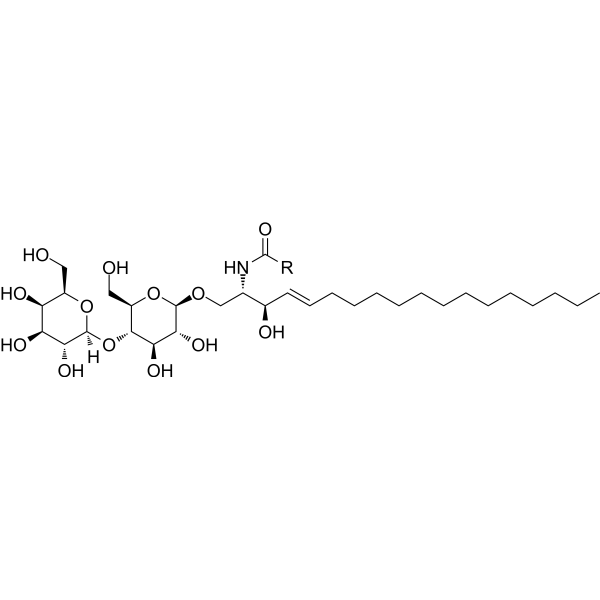
-
- HY-P99706
-
|
AK 117
|
Interleukin Related
|
Cancer
|
|
Ligufalimab (AK 117) is a humanized IgG4 anti-CD47 monoclonal antibody. Ligufalimab does not induce RBC hemagglutination, and induces phagocytosis. Ligufalimab shows anti-tumor activity .
|
-

-
- HY-157131
-
|
|
TRP Channel
|
Neurological Disease
|
|
TRPV2-selective blocker 1 (compound IV2-1) is a selective TRPV2 channel blocker with an IC50 of 6.3 μM. TRPV2-selective blocker 1 does not affect TRPV1, TRPV3 or TRPV4 channels. TRPV2-selective blocker 1 also inhibits TRPV2-mediated Ca 2+ influx in macrophages, and inhibits macrophage phagocytosis .
|
-
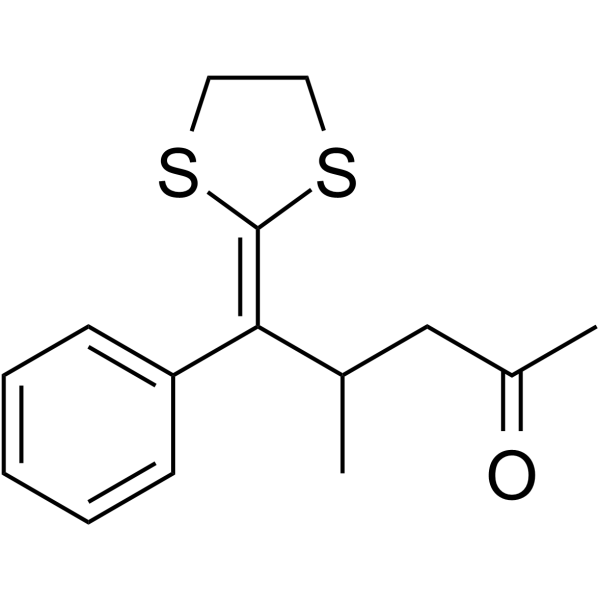
-
- HY-152246
-
|
|
DNA/RNA Synthesis
|
Cancer
|
|
ZIM, a norbornene derived from 4-Aminoantipyrine, is a potent inducer of DNA damage, causing genomic and chromosomal damage as well as inducing cell death and activating phagocytosis. ZIM has chemotherapeutic potential for use in cancer research .
|
-
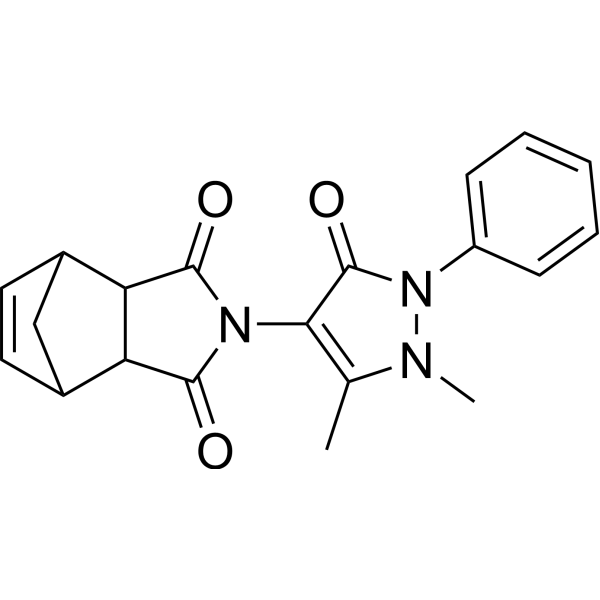
-
- HY-156996
-
|
|
Others
|
Inflammation/Immunology
Cancer
|
|
AGI-134 is a fully synthetic alpha-Gal glycolipid. AGI-134 invokes CD8+ T cell-mediated immunity. AGI-134 induces tumor cell destruction and phagocytosis .
|
-
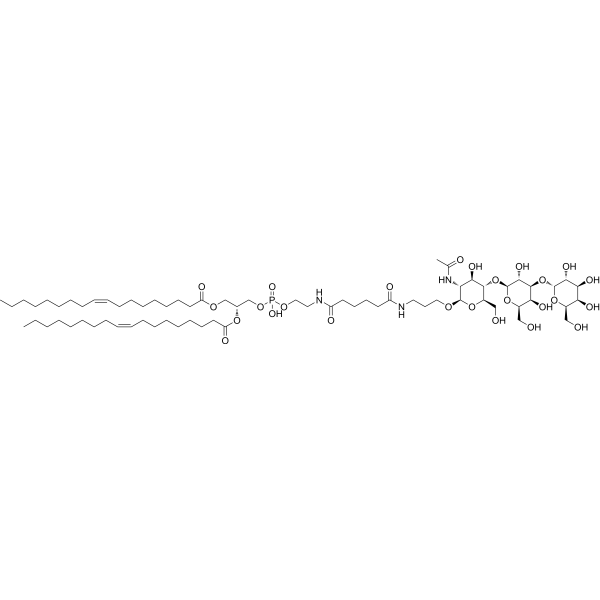
-
- HY-115983
-
|
|
Apoptosis
|
Cancer
|
|
DMUP is a potent CD47-SIRPα axis inhibitor. DMUP induces apoptosis and increases the macrophage phagocytosis in A549 cells. DMUP decreases the expression of CD47 and SIRPα protein. DMUP shows antitumor activity .
|
-

-
- HY-D1671
-
|
|
Fluorescent Dye
|
Others
|
|
TRITC-DHPE is a rhodamine-labeled glycerophosphate ethanolamine lipid, with head groups marked with bright red fluorescent TRITC dye (λEx/λEm=514/580 nm). TRITC-DHPE can be used for membrane fusion assay to trace lipid processing in intracellular phagocytosis. TRITC-DHPE can serves as an energy transfer receptor for NBD, BODIPY and fluorescein lipid probes .
|
-
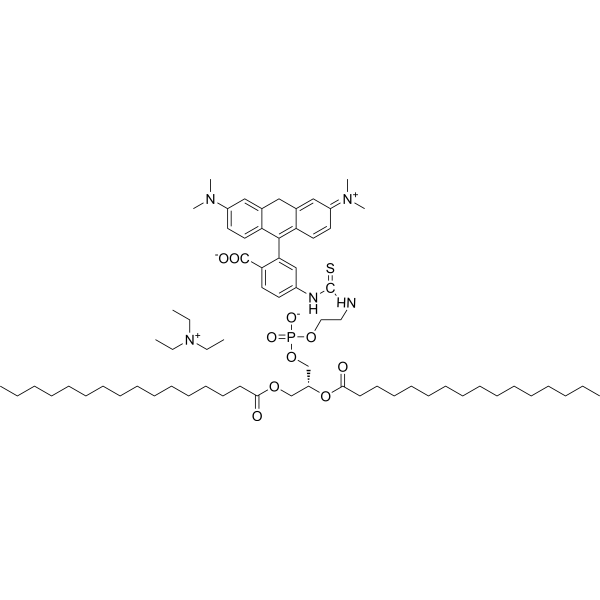
-
- HY-P0064
-
|
|
|
|
|
Palmitoyl Tetrapeptide-3 is a synthetic peptide, corrspending to 341-344 amino acid sequence
of IgG human H-chain, with phagocytosis stimulating activity .
|
-
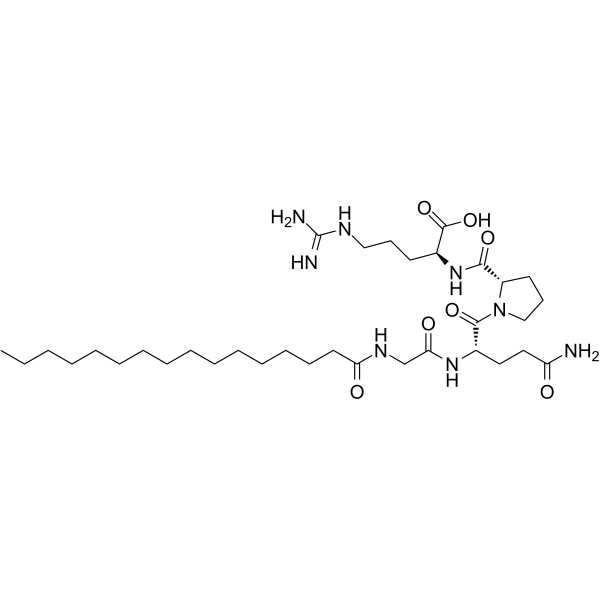
-
- HY-103348
-
|
Boc-Asp(OMe)-FMK
|
Caspase
|
Inflammation/Immunology
|
|
Boc-Asp(OME)-Fluoromethyl Ketone is a broad range caspase inhibitor that inhibits Fas-mediated phagocytosis and oxidative rupture inhibition, but does not affect the chemotactic activity of IL-8 .
|
-

-
- HY-126346
-
|
|
GPR84
|
Inflammation/Immunology
|
|
DL-175 (compound 13) is a selective GPR84 agonist with biased agonistic activity. DL-175 can selectively activate functional responses in immune cells and induce enhanced chemotaxis and phagocytosis of human bone marrow cells. DL-175 is a potential chemical probe .
|
-
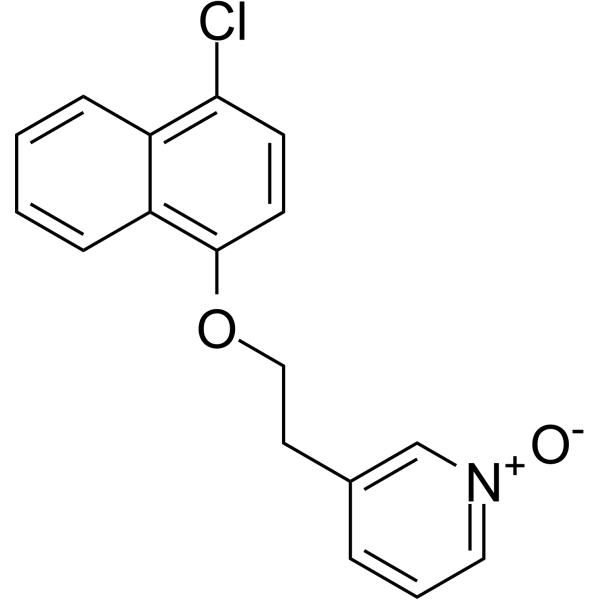
-
- HY-P99015
-
|
|
TNF Receptor
|
Cancer
|
|
Dacetuzumab (SGN-40) is a humanized IgG1, anti-CD40 monoclonal antibody with anti-lymphoma activity. Dacetuzumab kills tumor cells via immune effector functions (antibody-dependent cellular cytotoxicity and phagocytosis [ADCC/ADCP]). Dacetuzumab ((SGN-40) can be used for multiple myeloma research .
|
-

-
- HY-P99052
-
|
|
PD-1/PD-L1
|
Inflammation/Immunology
Cancer
|
|
Tislelizumab, a monoclonal antibody with high binding affinity to the PD-1 receptor, minimizes Fcγ receptor binding on macrophages, thereby abrogating antibody-dependent phagocytosis, a mechanism of T cell clearance and potential resistance to anti-PD-1 research. Tislelizumab can be used for the research of advanced squamous non-small-cell lung cancer .
|
-

-
- HY-P9976A
-
|
|
CD38
|
Cancer
|
|
Isatuximab (anti-CD38) is a monoclonal antibody targeting the transmembrane receptor and extracellular enzyme CD38.Isatuximab induces tumor cell killing via fragment crystallizable (Fc)-dependent or Fc-independent mechanisms, including antibody-dependent cellular cytotoxicity (ADCC), antibody-dependent cellular phagocytosis (ADCP), and complement-dependent cytotoxicity (CDC) .
|
-
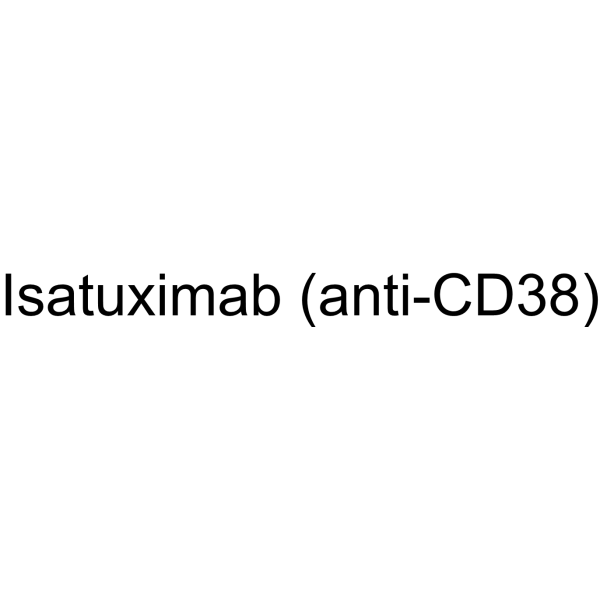
-
- HY-125527
-
|
RvD1
|
Endogenous Metabolite
|
Inflammation/Immunology
|
|
Resolvin D1 (RvD1), an endogenous pro-resolving mediator of inflammation, is derived from omega-3 docosahexaenoic acid during the resolution phase of acute inflammation. Resolvin D1 blocks proinflammatory neutrophil migration by regulating actin polymerization, reduces TNF-α–mediated inflammation in macrophages, and enhances phagocytosis of apoptotic cells by macrophages .
|
-
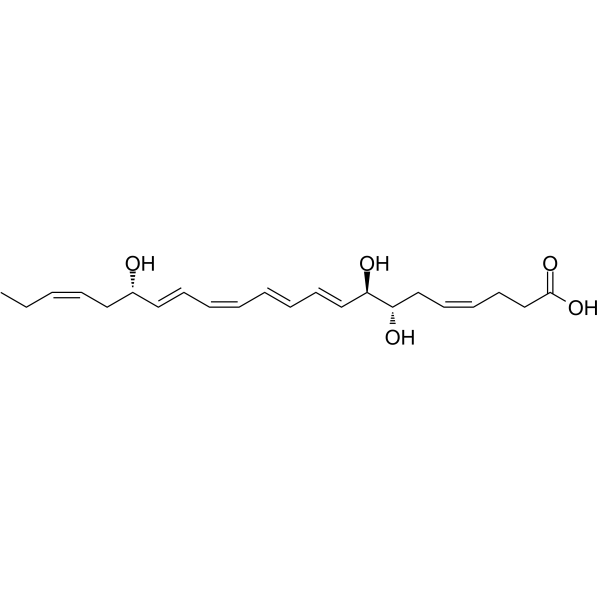
-
- HY-P10091
-
|
|
PD-1/PD-L1
|
Cancer
|
|
CD24/Siglec-10 blocking peptide, CSBP can not only block the interaction of CD24/Siglec-10 but also PD-1/PD-L1. CD24/Siglec-10 blocking peptide, CSBP can induce the phagocytosis of tumor cell .
|
-
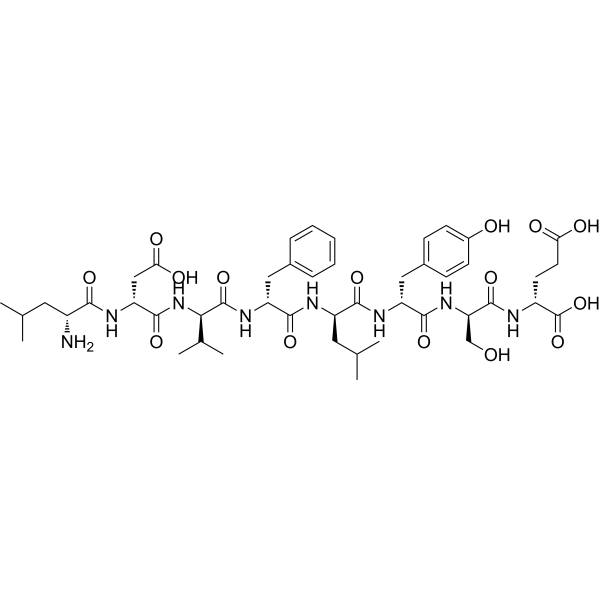
-
- HY-W094758A
-
|
|
Fluorescent Dye
|
Cancer
|
|
4-Di-1-ASP is a styryl dye used to stain glioma cells in living brain tissue for analysis of cell structure, viability, proliferation and endocytosis, cytokinesis and phagocytosis, as well as for observation of mitochondrial structures in living cells. 4-Di-1-ASP fluoresces green when imaged microscopically (λex /λem = 475/606 nm) .
|
-
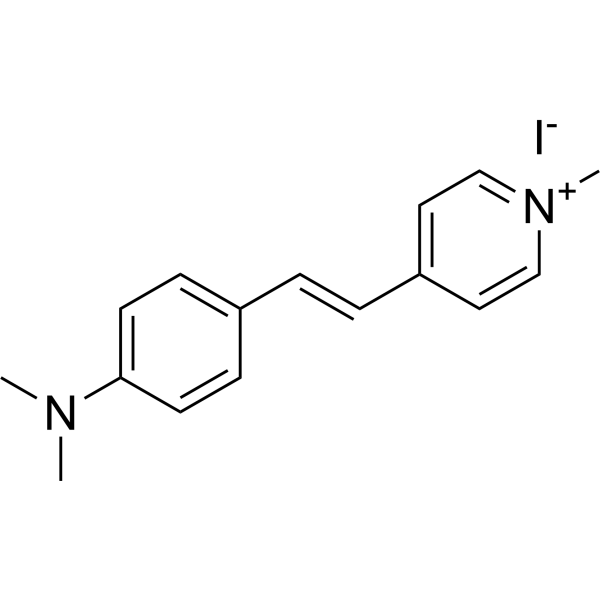
-
- HY-131180
-
|
LAR-1219
|
Formyl Peptide Receptor (FPR)
|
Cardiovascular Disease
|
|
BMS-986235 (LAR-1219) is a selective, orally active formyl peptide receptor 2 (FPR2) agonist, with EC50s of 0.41 nM and 3.4 nM for hFPR2 and mFPR2, respectively. BMS-986235 has potential for the prevention of heart failure .
|
-
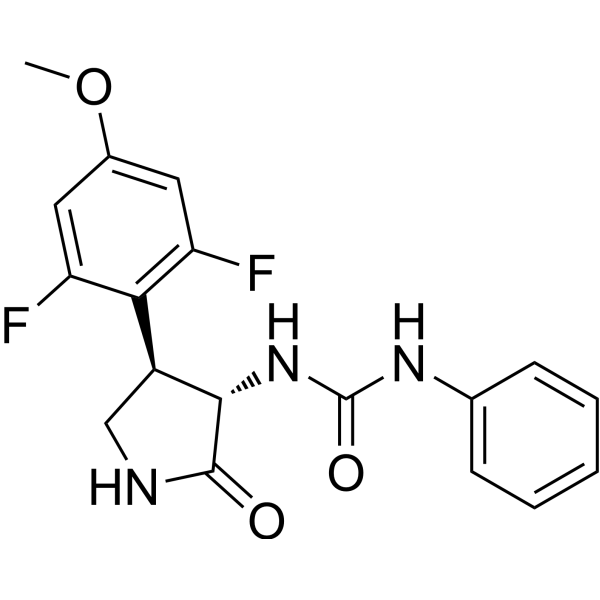
-
- HY-113533
-
|
RvD4
|
Bacterial
|
Inflammation/Immunology
|
Resolvin D4 (RvD4), a specialized proresolving mediator, can be produced in bioactive levels during S. aureus infection .
|
-
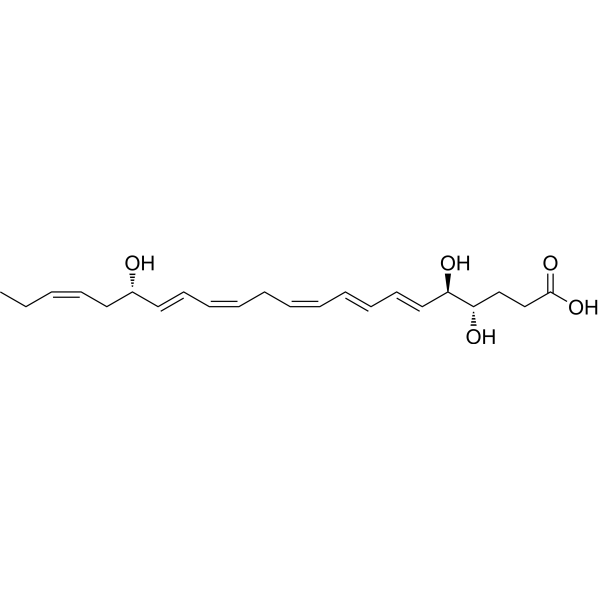
-
- HY-P9976
-
|
|
Apoptosis
|
Cancer
|
|
Isatuximab is a monoclonal antibody targeting the transmembrane receptor and ectoenzyme CD38, a protein highly expressed on hematological malignant cells, including those in multiple myeloma (MM). Isatuximab has antitumor activity via multiple biological mechanisms, including antibody-dependent cellular-mediated cytotoxicity, complement-dependent cytotoxicity, antibody-dependent cellular phagocytosis, and direct induction of apoptosis without crosslinking. Isatuximab also directly inhibits CD38 ectoenzyme activity, which is implicated in many cellular functions .
|
-

-
- HY-125527S
-
|
RvD1-d5
|
Isotope-Labeled Compounds
Endogenous Metabolite
|
Inflammation/Immunology
|
|
Resolvin D1-d5 is the deuterium labeled Resolvin D1. Resolvin D1 (RvD1), an endogenous pro-resolving mediator of inflammation, is derived from omega-3 docosahexaenoic acid during the resolution phase of acute inflammation. Resolvin D1 blocks proinflammatory neutrophil migration by regulating actin polymerization, reduces TNF-α–mediated inflammation in macrophages, and enhances phagocytosis of apoptotic cells by macrophages[1][2].
|
-
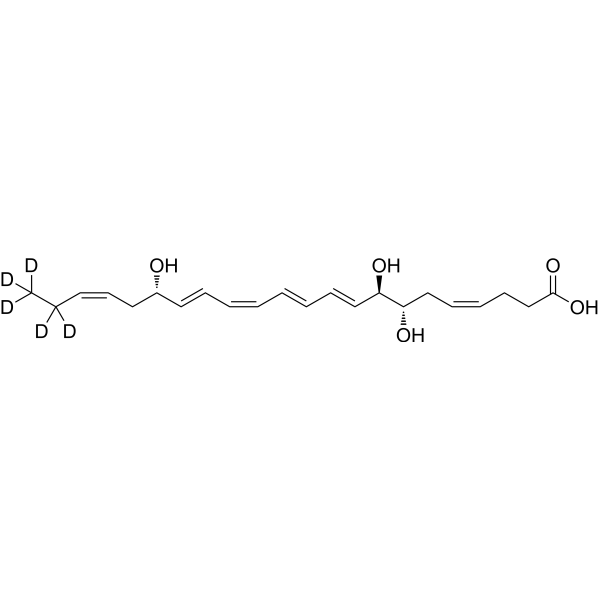
-
- HY-D0970
-
|
Direct Blue 14
|
Fluorescent Dye
|
Others
|
|
Diphenyl Blue (Trypan Blue) is a cell active dye, the most commonly used dye for the identification of dead cells, of en used to test cell membrane integrity and cell viability. Diphenyl Blue staining is one of the methods for tissue and cell culture. When cells are deactivated or have incomplete cell membranes, Diphenyl Blue can stain them Blue. Normal living cells with intact cell membranes reject Diphenyl blue and do not stain them blue. However, macrophages are capable of phagocytosis of Diphenyl Blue, so it can be used as a living stain for macrophages .
|
-

-
- HY-N6727
-
|
Aspergillin
|
Apoptosis
PKA
NF-κB
Bacterial
Fungal
Antibiotic
|
Infection
Inflammation/Immunology
Cancer
|
|
Gliotoxin is a secondary metabolite, the most abundant mycotoxin secreted by A. fumigatus, inhibits the phagocytosis of macrophages and the immune functions of other immune cells . Gliotoxin inhibits inducible NF-κB activity by preventing IκB degradation, which consequently induces host-cell apoptosis . Gliotoxin activates PKA and increases intracellular cAMP concentration; modulates actin cytoskeleton rearrangement to facilitate A. fumigatus internalization into lung epithelial cells . Gliotoxin is a potent NOTCH2 transactivation inhibitor, can effectively induce apoptosis of chronic lymphocytic leukemia (CLL) cells .
|
-

-
- HY-162020
-
-

-
- HY-W505771
-
-
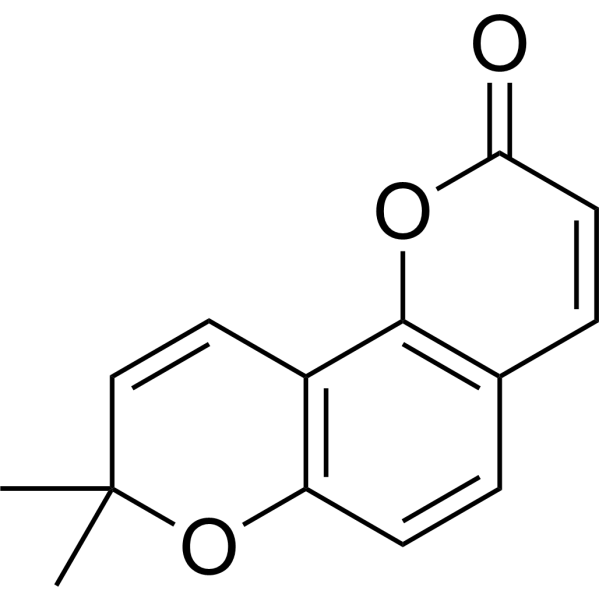
| Cat. No. |
Product Name |
Type |
-
- HY-W094758A
-
|
|
Fluorescent Dyes/Probes
|
|
4-Di-1-ASP is a styryl dye used to stain glioma cells in living brain tissue for analysis of cell structure, viability, proliferation and endocytosis, cytokinesis and phagocytosis, as well as for observation of mitochondrial structures in living cells. 4-Di-1-ASP fluoresces green when imaged microscopically (λex /λem = 475/606 nm) .
|
-
- HY-D0970
-
|
Direct Blue 14
|
Dyes
|
|
Diphenyl Blue (Trypan Blue) is a cell active dye, the most commonly used dye for the identification of dead cells, of en used to test cell membrane integrity and cell viability. Diphenyl Blue staining is one of the methods for tissue and cell culture. When cells are deactivated or have incomplete cell membranes, Diphenyl Blue can stain them Blue. Normal living cells with intact cell membranes reject Diphenyl blue and do not stain them blue. However, macrophages are capable of phagocytosis of Diphenyl Blue, so it can be used as a living stain for macrophages .
|
-
- HY-D1671
-
|
|
Fluorescent Dyes/Probes
|
|
TRITC-DHPE is a rhodamine-labeled glycerophosphate ethanolamine lipid, with head groups marked with bright red fluorescent TRITC dye (λEx/λEm=514/580 nm). TRITC-DHPE can be used for membrane fusion assay to trace lipid processing in intracellular phagocytosis. TRITC-DHPE can serves as an energy transfer receptor for NBD, BODIPY and fluorescein lipid probes .
|
| Cat. No. |
Product Name |
Type |
-
- HY-154921
-
|
LacCer (bovine buttermilk)
|
Cell Assay Reagents
|
|
Lactosylceramide (bovine buttermilk) (LacCer (bovine buttermilk)) is a sphingolipid that highly expressed on the plasma membranes of human phagocytes. Lactosylceramide mediates phagocytosis, chemotaxis, and superoxide generation .
|
| Cat. No. |
Product Name |
Target |
Research Area |
-
- HY-P10091
-
|
|
PD-1/PD-L1
|
Cancer
|
|
CD24/Siglec-10 blocking peptide, CSBP can not only block the interaction of CD24/Siglec-10 but also PD-1/PD-L1. CD24/Siglec-10 blocking peptide, CSBP can induce the phagocytosis of tumor cell .
|
| Cat. No. |
Product Name |
Target |
Research Area |
-
- HY-P99700
-
|
IBI-188
|
Inhibitory Antibodies
|
Cancer
|
|
Letaplimab (IBI-188) is a human IgG4 anti-CD47 monoclonal antibody. CD47 is overexpressed on cancer cells, it is a ligand for SIRPα. Letaplimab enhances tumor cell phagocytosis .
|
-
- HY-P99706
-
|
AK 117
|
Interleukin Related
|
Cancer
|
|
Ligufalimab (AK 117) is a humanized IgG4 anti-CD47 monoclonal antibody. Ligufalimab does not induce RBC hemagglutination, and induces phagocytosis. Ligufalimab shows anti-tumor activity .
|
-
- HY-P99273
-
|
Anti-Human CD70 Recombinant Antibody
|
Inhibitory Antibodies
|
Cancer
|
|
Vorsetuzumab (Anti-Human CD70 Recombinant Antibody) is a human anti-CD70 antibody. Vorsetuzumab enhances macrophage-related phagocytosis of renal carcinoma cells, shows inhibitory efficacy against Burkitt’s lymphoma .
|
-
- HY-P99176
-
ATG-031
1 Publications Verification
|
Inhibitory Antibodies
|
Cancer
|
|
ATG-031 is a humanised anti-CD24 monoclonal antibody. ATG-031 effectively stimulates macrophage-mediated phagocytosis and induces cancer cell destruction by blocking the "don't eat me" signals that characterize the growth of many cancers. ATG-031 can be used in the study of haematological malignancies as well as solid tumours.
|
-
- HY-P99777
-
|
TTI-621
|
Inhibitory Antibodies
|
Cancer
|
|
Ontorpacept (TTI-621) is a soluble fusion protein that consists of the human SIRPα N-terminal (1-118) linked to the Fc region of human IgG1. The N-terminal (1-118)-fragment of ontorpacept is a binding domain for CD47 which is an inhibitor of phagocytosis by macrophages. Ontorpacept is a CD47-blocking checkpoint inhibitor with antitumor activity .
|
-
- HY-P99381
-
|
|
Inhibitory Antibodies
|
Cancer
|
|
XmAb 5592 is a humanized, Fc-engineered anti-HM1.24 antibody with enhanced binding to FcγRIIIa and FcγRIIa receptors, augments HM1.24-specific multiple myeloma (MM) cells lysis in vitro via antibody-dependent cellular cytotoxicity (ADCC) and antibody dependent cellular phagocytosis (ADCP) .
|
-
- HY-P99015
-
|
|
TNF Receptor
|
Cancer
|
|
Dacetuzumab (SGN-40) is a humanized IgG1, anti-CD40 monoclonal antibody with anti-lymphoma activity. Dacetuzumab kills tumor cells via immune effector functions (antibody-dependent cellular cytotoxicity and phagocytosis [ADCC/ADCP]). Dacetuzumab ((SGN-40) can be used for multiple myeloma research .
|
-
- HY-P99052
-
|
|
PD-1/PD-L1
|
Inflammation/Immunology
Cancer
|
|
Tislelizumab, a monoclonal antibody with high binding affinity to the PD-1 receptor, minimizes Fcγ receptor binding on macrophages, thereby abrogating antibody-dependent phagocytosis, a mechanism of T cell clearance and potential resistance to anti-PD-1 research. Tislelizumab can be used for the research of advanced squamous non-small-cell lung cancer .
|
-
- HY-P9976A
-
|
|
CD38
|
Cancer
|
|
Isatuximab (anti-CD38) is a monoclonal antibody targeting the transmembrane receptor and extracellular enzyme CD38.Isatuximab induces tumor cell killing via fragment crystallizable (Fc)-dependent or Fc-independent mechanisms, including antibody-dependent cellular cytotoxicity (ADCC), antibody-dependent cellular phagocytosis (ADCP), and complement-dependent cytotoxicity (CDC) .
|
-
- HY-P9976
-
|
|
Apoptosis
|
Cancer
|
|
Isatuximab is a monoclonal antibody targeting the transmembrane receptor and ectoenzyme CD38, a protein highly expressed on hematological malignant cells, including those in multiple myeloma (MM). Isatuximab has antitumor activity via multiple biological mechanisms, including antibody-dependent cellular-mediated cytotoxicity, complement-dependent cytotoxicity, antibody-dependent cellular phagocytosis, and direct induction of apoptosis without crosslinking. Isatuximab also directly inhibits CD38 ectoenzyme activity, which is implicated in many cellular functions .
|
| Cat. No. |
Product Name |
Category |
Target |
Chemical Structure |
| Cat. No. |
Product Name |
Chemical Structure |
-
- HY-125527S
-
|
|
|
Resolvin D1-d5 is the deuterium labeled Resolvin D1. Resolvin D1 (RvD1), an endogenous pro-resolving mediator of inflammation, is derived from omega-3 docosahexaenoic acid during the resolution phase of acute inflammation. Resolvin D1 blocks proinflammatory neutrophil migration by regulating actin polymerization, reduces TNF-α–mediated inflammation in macrophages, and enhances phagocytosis of apoptotic cells by macrophages[1][2].
|
-

Your information is safe with us. * Required Fields.
Inquiry Information
- Product Name:
- Cat. No.:
- Quantity:
- MCE Japan Authorized Agent:
































